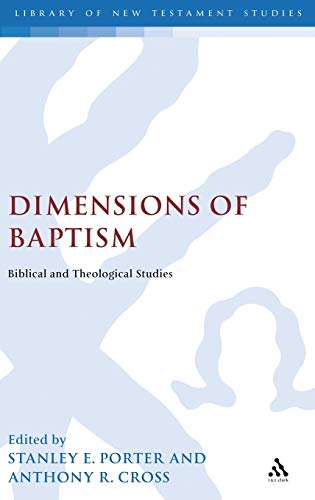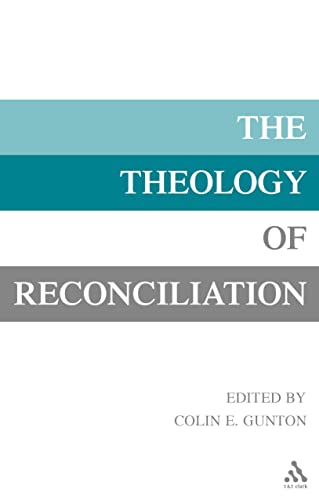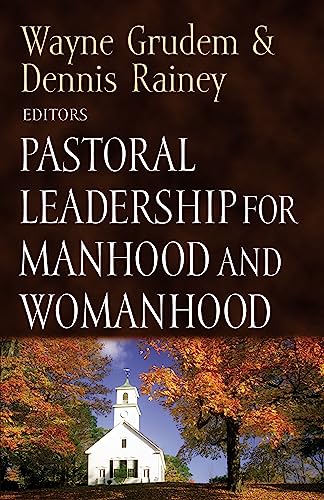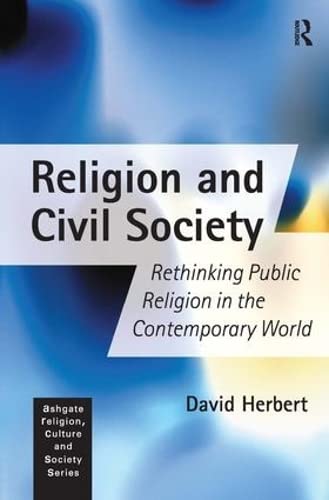1, 2, 3 JOHN. AN EXEGETICAL AND THEOLOGICAL EXPOSITION OF HOLY SCRIPTURE, NEW AMERICAN COMMENTARY 38
Written by Daniel L. Akin Reviewed By Robert WilloughbyThe above volumes belong to the New American Commentary series which sets out its uncompromising standpoint clearly in the editors’ preface: ‘all NAC authors affirm the divine inspiration, inerrancy, complete truthfulness and full authority of the Bible’. It is ‘unapologetically confessional and rooted in the evangelical tradition’. So, no surprise, perhaps, to read that Akin judges the apostle John to be the author of the three epistles which bear his name, and that the first epistle is written to combat false teachers and to iron out errors of interpretation arising from a misreading of the fourth gospel, which Akin refers to regularly.
Akin’s main aim is to offer a clear exegesis of these letters which will be manifestly usable by preachers and teachers in ‘practical, applicable exposition’. Whilst the exegesis is academically rigorous, Akin makes a consistent attempt to shape his material in such a way as to help the expositor. Section headings sometimes seem like sermon headings and one of the three appendices even offers (somewhat heavy) homiletical outlines to cover the complete texts of the letters. It is evident that, in line with recent concerns for rhetorical analysis, structure (both of the letters and sermons) is a matter of considerable concern. Akin divides the notoriously unstructured (?) first letter quite simply into two main sections following the prologue (1:1–4)—the first (1:5–3:10) concerned fundamentally with light, and the second (3:11–5:21) with love. Each main section is subsequently subdivided. Section introductions and summaries, along with implications arising from the exegesis, are very helpful in keeping abreast of where the comments are leading.
Predictably issues of particular significance to evangelical readers are dealt with thoroughly. The propitiation/expiation debate is discussed fully both at the appropriate place in the commentary and receives fuller treatment in one of the four excursuses, as does the so-called ‘Johannine comma’ of 1 John 5:7, which the author deems inauthentic but theologically true nonetheless. Footnotes are plentiful and one never gets the impression that Akin is ignorant of wider discussion from either previous centuries or the contemporary scene. One does get the impression occasionally, however, that the outcome of his discussion has been predetermined by the desire to be found worthy of the muscular assertions of the editors’ preface.
Gerald L. Borchert’s commentary on John 12–21 brings to completion a project begun in the last millennium. Chapters 1–11 were published back in 1996. The present volume begins strikingly at chapter 12. Borchert defends this break in the narrative of John very ably, arguing that chapter 12 is the gospel’s centre-piece and that the anointing at Bethany begins the process by which Jesus is prepared for his forthcoming Passion and glorification. Chapter 11 climaxes with Caiaphas’s striking observation of the need for a death, and hence closes the first half of the gospel. This structural ingenuity extends to the ‘Farewell Cycle’ (13:1–17:26), as Borchert prefers to call these chapters. Very helpfully 15:1–25 is presented as the centre of a bull’s-eye or target. Around that centre are sections containing the five paraclete sayings (14:15–31 and 15:26–16:15). Next comes a section on the anxiety and loneliness of the disciples (14:1–14 and 16:16–33). And the final circle pairs up the footwashing and Jesus final prayer (13:1–38 and 17:1–26). Other critics will decide how convincing they find this. Personally I found it valuable and interesting, though, finally, still straining the evidence.
Unlike Akin, Borchert is more ready to take head-on issues where evangelicals might have to work a bit harder. Significantly, perhaps, he frequently disagrees with the views of D. A. Carson, as articulated in his much-appreciated IVP commentary of 1991. The role of the paraclete in 16:12–15 is affirmed as being concerned both with forth-telling and fore-telling. And the insufflation of John 20:22 must be read ‘holistically’ i.e. John is not so much concerned with chronology and views resurrection, gift of the Spirit and ascension as one completed event (as per Beasley-Murray and Burge). He does not consider the account of Pentecost in Acts 2 to be a separate giving of the ‘spirit of prophecy’, as argued by some, but actually relating the same event in a different way. Finally he does not embrace the growing evangelical viewpoint that John is fundamentally evangelistic in purpose. He sees this gospel as both evangelistic and pastoral in intent.
Refreshingly Borchert is modestly open to more recent narrative approaches and offers two appendices, one eschewing dogmatic theological categories and attempting a more narrative description of John’s theology. The second outlines a theory of characterisation, followed by an examination of several of the characters in this gospel which offers us many of the most memorable portraits in the Bible.
Both of these volumes are worth consulting and give something of a flavour of the NAC series.
Robert Willoughby
London School of Theology, (formerly London Bible College), Northwood







